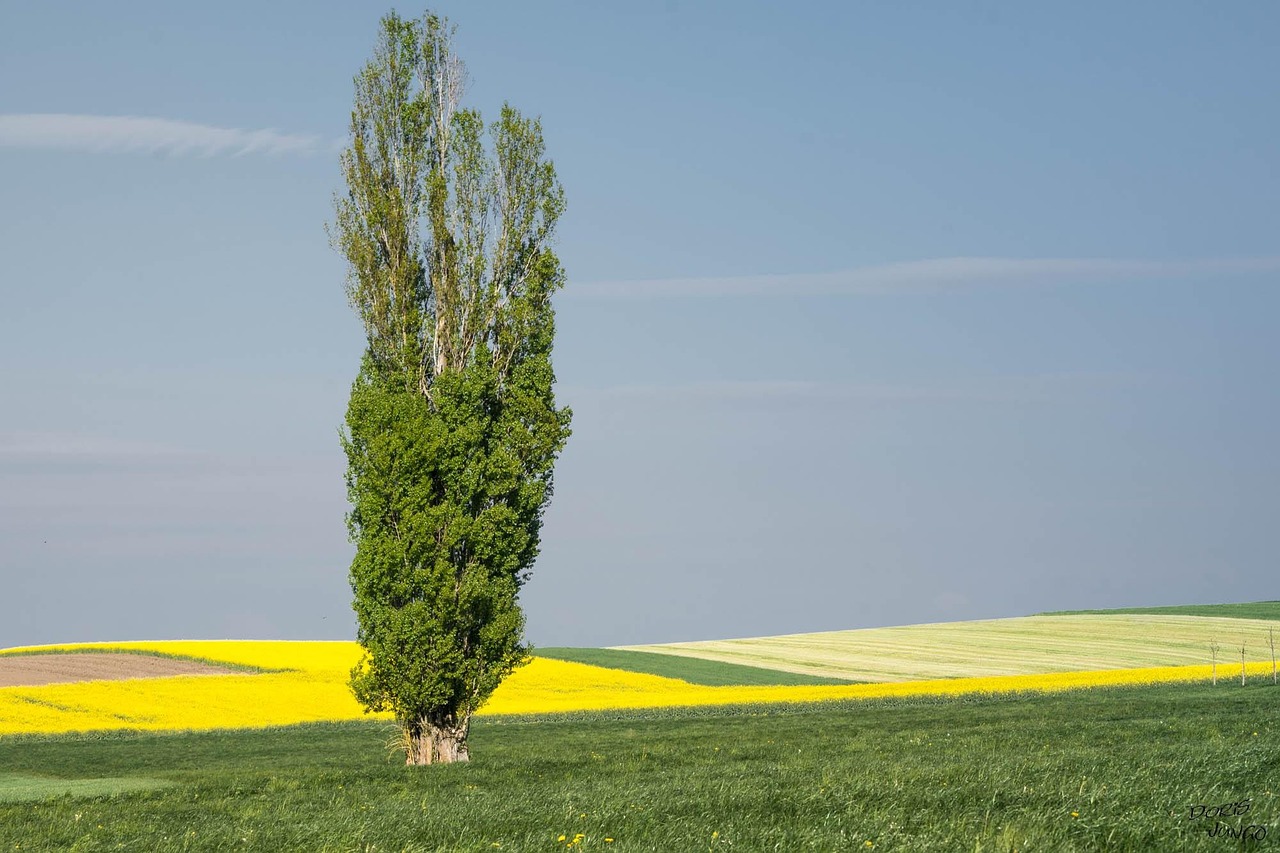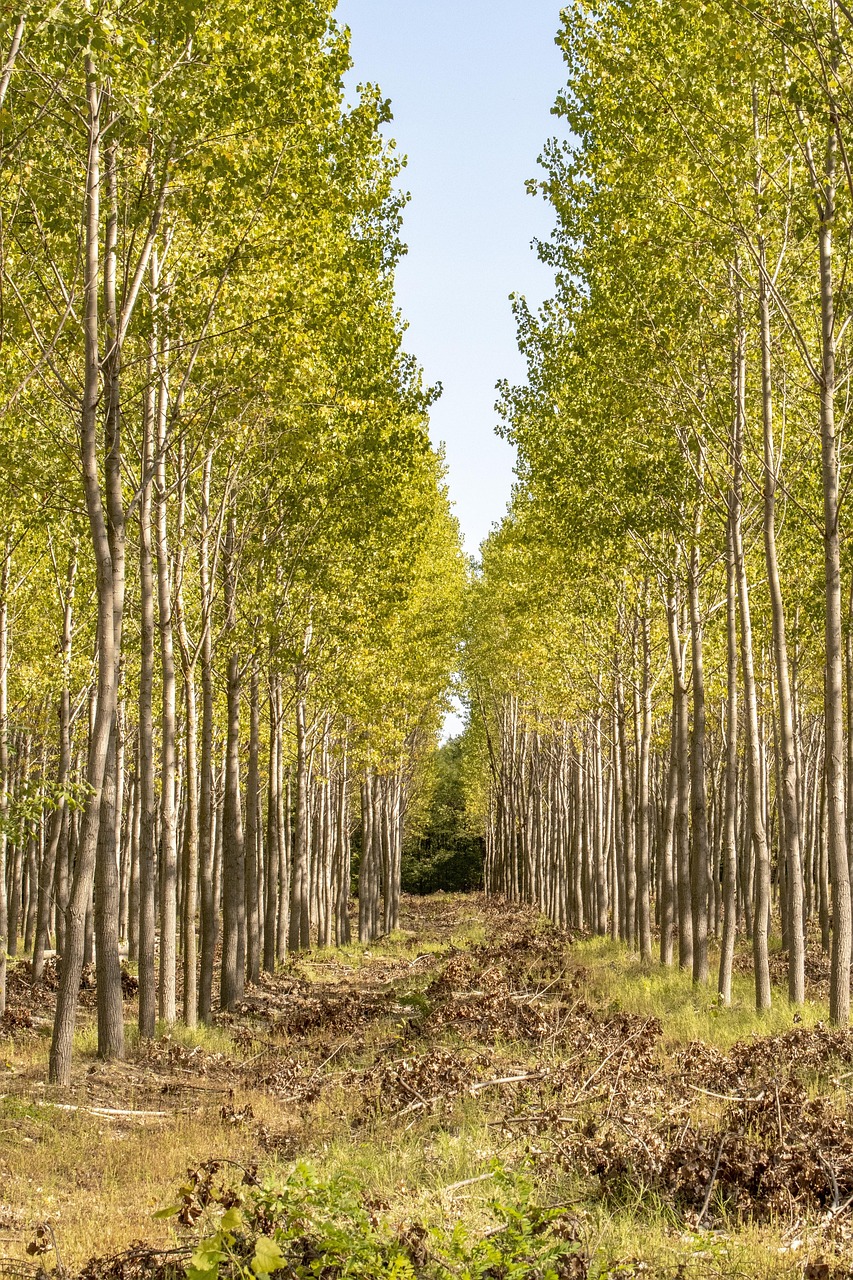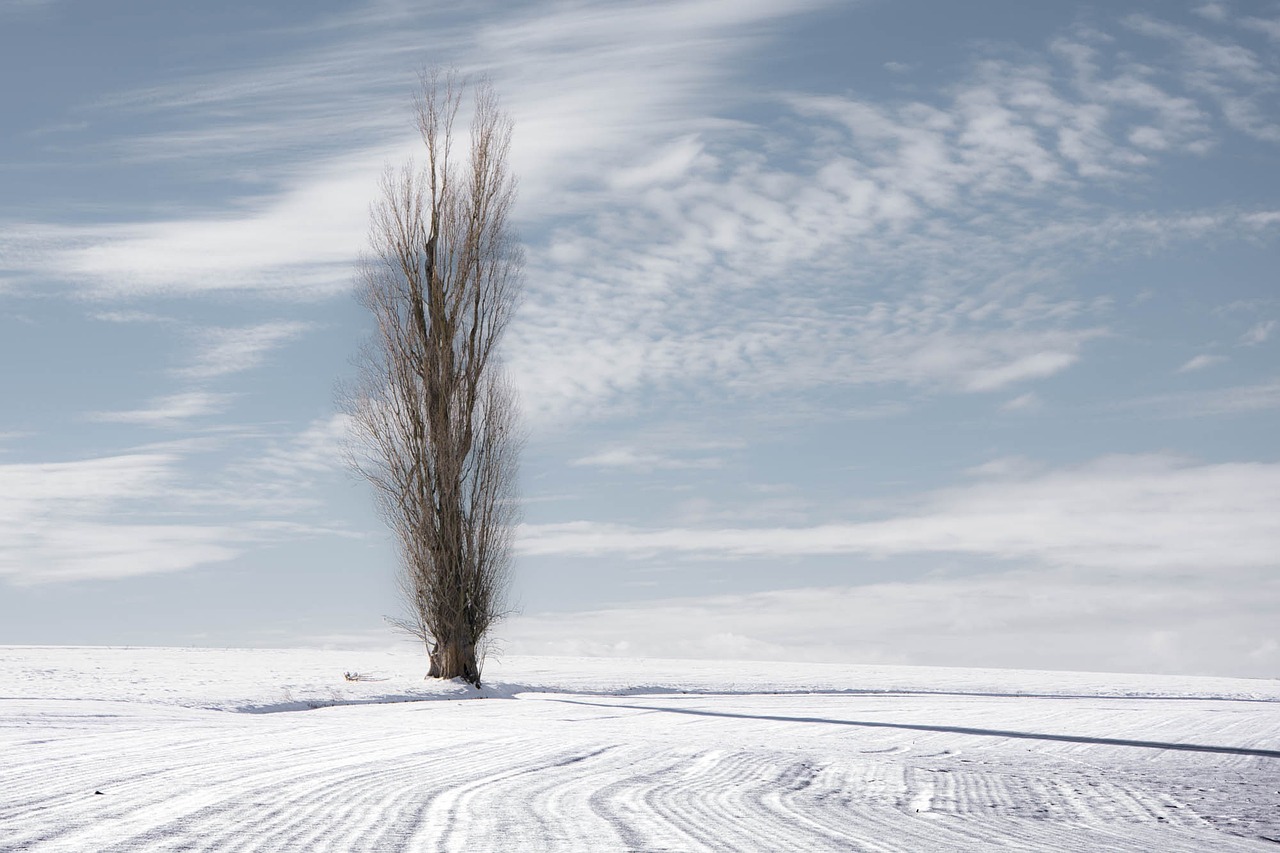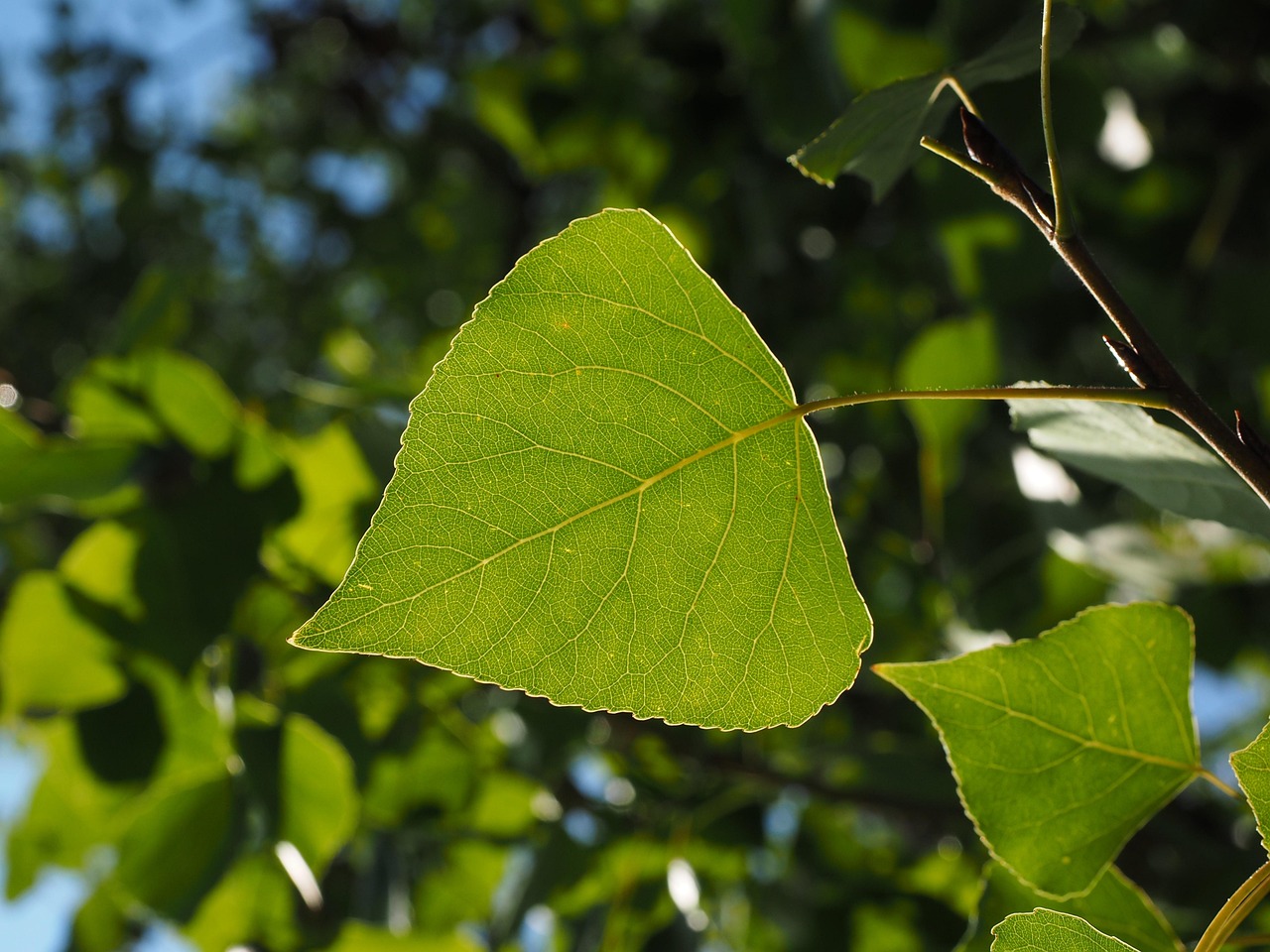To identify poplar and pine tree species, examine their leaves, bark, and overall shape. Poplar trees typically have broad, flat leaves and smooth bark, while pine trees feature needle-like leaves and rough, scaly bark. Observing their growth patterns and habitats can also provide key identification clues.
Understanding tree species is essential for various reasons, including ecological balance, landscaping, and forestry management. Among the numerous tree species, poplars and pines are two significant groups that play vital roles in their ecosystems. They offer habitat for wildlife, contribute to carbon sequestration, and provide timber resources.
Poplar trees belong to the genus Populus. They are fast-growing deciduous trees that can reach heights of 50 to 100 feet. Poplars are often found near water sources, thriving in moist soil conditions. Their leaves are usually broad and can vary in shape depending on the specific species.
Pine trees, on the other hand, belong to the genus Pinus and are coniferous evergreens. They can range in height from 10 to over 150 feet. Pines are adapted to a variety of climates and soils, allowing them to grow in diverse environments. Their needle-like leaves are typically grouped in clusters, known as fascicles.
Key Characteristics of Poplar Trees

Identifying poplar trees requires paying attention to several key characteristics:
- Leaves: Poplar leaves are generally broad, heart-shaped or triangular, with serrated edges. The upper side is usually dark green, while the underside is a lighter green or white.
- Bark: The bark of young poplars is smooth and greenish or gray in color. As they mature, the bark becomes furrowed and develops a more rugged texture.
- Flowers: Poplars produce catkins. These are cylindrical flower clusters that appear before the leaves in spring.
- Growth Habit: Poplars typically have a straight trunk with a narrow crown, making them appear tall and slender.
Key Characteristics of Pine Trees
Pine trees have distinct features that facilitate their identification:
- Leaves: Pine needles are long and slender, usually arranged in bundles of two to five. They can range from 1 inch to over 12 inches in length.
- Bark: Pine bark varies by species but is often thick, scaly, and ranges in color from reddish-brown to gray.
- Cones: Pine trees produce cones that can be large or small depending on the species. These reproductive structures contain seeds.
- Growth Habit: Pines generally have a more conical or pyramidal shape compared to poplars, particularly when young.
The differences between poplar and pine trees extend beyond just their physical characteristics. Each type has adapted to its environment over time, influencing how they grow and thrive. Knowledge of these adaptations aids in their identification and understanding of their role within their respective ecosystems.
| Characteristic | Poplar Trees | Pine Trees |
|---|---|---|
| Leaf Type | Broad, flat leaves | Needle-like leaves |
| Bark Texture | Smooth to furrowed | Rough and scaly |
| Growth Form | Tall with a narrow crown | Conical or pyramidal shape |
With these identification tips in mind, individuals can effectively differentiate between poplar and pine trees. Each characteristic serves as a key to unlocking the secrets of these important species in nature.
Habitat and Distribution of Poplar and Pine Trees
Understanding the habitat and distribution of poplar and pine trees is crucial for proper identification. These trees thrive in various environments, which can significantly influence their physical characteristics. Knowing where these species are commonly found can aid in recognizing them in the wild.
Poplar Trees’ Habitat and Distribution
Poplar trees are commonly found in temperate regions worldwide. They prefer moist soil conditions, often thriving near rivers, lakes, and wetlands. Their ability to grow quickly allows them to colonize disturbed areas effectively. Some key habitats for poplars include:
- Riparian Zones: Areas adjacent to rivers and streams provide the perfect conditions for poplar growth due to the availability of water.
- Wetlands: Poplars often flourish in wetland ecosystems where the soil remains consistently moist.
- Urban Areas: Many cities plant poplars as shade trees due to their rapid growth and broad canopy.
Specific species of poplar, such as the Eastern Cottonwood (Populus deltoides) and Black Poplar (Populus nigra), are prevalent in North America and Europe, respectively. Each species adapts to local climates, resulting in variations in size and leaf shape.
Pine Trees’ Habitat and Distribution
Pine trees have a more extensive range compared to poplars. They can thrive in diverse environments, from sandy soils to rocky terrains. Pines are commonly found in various ecosystems, including:
- Forested Areas: Many pine species dominate extensive forest regions, particularly in North America and parts of Europe.
- Mountain Regions: Pines are frequently found in mountainous areas where they adapt to cooler temperatures and winds.
- Dry Soils: Certain pines, like the Ponderosa Pine (Pinus ponderosa), can tolerate drought conditions, making them suitable for arid landscapes.
The adaptability of pine trees allows them to grow in both harsh and mild climates. This resilience contributes to their widespread distribution across different continents.
Recognizing Different Species of Poplar and Pine Trees
While identifying poplars and pines generally involves observing leaves, bark, and growth habits, recognizing specific species requires a closer examination of their unique traits. Here are some notable species from each group:
Common Poplar Species
- Eastern Cottonwood (Populus deltoides): Known for its rapid growth and large size, this species features broad, triangular leaves and can often be found near water bodies.
- Black Poplar (Populus nigra): This tree has dark, furrowed bark with triangular leaves that are glossy on top and pale underneath.
- Balm of Gilead (Populus × canadensis): A hybrid between Eastern Cottonwood and Black Poplar, it is recognized for its fragrant buds and fast growth rate.
Common Pine Species
- Eastern White Pine (Pinus strobus): This pine is characterized by its long needles grouped in fives. It has a straight trunk and soft, flexible wood.
- Ponderosa Pine (Pinus ponderosa): Known for its distinctive orange-brown bark, this species has long needles that grow in clusters of three.
- Sugar Pine (Pinus lambertiana): Recognized for producing the longest cones of any pine species, its needles are grouped in fives and are quite flexible.
The ability to correctly identify these species helps in understanding their ecological significance. Moreover, recognizing their specific needs can assist in conservation efforts and sustainable management practices.
Cultural Uses of Poplar and Pine Trees
Both poplar and pine trees have been integral to human culture for centuries. Their wood is valued for various applications, while their presence enhances landscapes and ecosystems.
Cultural Uses of Poplar Trees
The wood of poplar trees is lightweight and easy to work with, making it a popular choice for:
- Furniture Making: Poplar wood is often used for constructing furniture due to its smooth texture.
- Plywood Production: Its fast growth makes it a preferred material for plywood.
- Paper Manufacturing: Poplars are also utilized in producing paper products.
Cultural Uses of Pine Trees
Pine trees also hold significant cultural value due to their robust wood and resin. Key uses include:
- Construction: Pine wood is widely used in building homes, flooring, and structural components due to its strength.
- Scented Products: Pine resin is extracted for making turpentine and other scented products.
- Cultural Symbolism: In many cultures, pine trees symbolize longevity and resilience due to their evergreen nature.
The cultural impacts of both poplar and pine trees underline their importance not only in nature but also within human society.
Environmental Impact of Poplar and Pine Trees

Both poplar and pine trees play crucial roles in their ecosystems. Their presence not only contributes to biodiversity but also impacts soil health and air quality. Understanding these environmental benefits can enhance appreciation for these tree species.

Ecological Benefits of Poplar Trees
Poplar trees are essential components of many ecosystems. They provide several ecological benefits, including:
- Erosion Control: The extensive root systems of poplar trees help stabilize soil, preventing erosion along riverbanks and slopes. This is particularly important in areas prone to flooding.
- Habitat Creation: Poplars provide habitat and food sources for various wildlife, including birds, insects, and small mammals. The leaves and flowers attract pollinators, supporting biodiversity.
- Carbon Sequestration: As fast-growing trees, poplars are effective at absorbing carbon dioxide from the atmosphere, contributing to climate change mitigation efforts.
Moreover, poplars can improve soil quality by adding organic matter through leaf litter. This process enriches the soil, promoting healthier plant growth in their vicinity.
Ecological Benefits of Pine Trees
Pine trees also offer significant ecological advantages. Their adaptations make them vital players in forest ecosystems:
- Wildlife Habitat: Pine forests provide essential habitats for numerous species. Birds, mammals, and insects rely on pines for shelter and food, making them crucial for maintaining ecological balance.
- Soil Improvement: Pine needles, when they fall, decompose and add organic matter to the soil. This enhances soil structure and fertility, benefiting surrounding plant life.
- Fire Adaptation: Many pine species are adapted to withstand and even benefit from fire. Some have thick bark that protects them during wildfires, allowing them to regenerate quickly after such events.
The adaptation strategies of pine trees make them resilient in various environments, further supporting their ecological roles.
Pest and Disease Resistance in Poplar and Pine Trees
Understanding the common pests and diseases that affect poplar and pine trees is vital for effective management and care. While both tree types can face challenges from insects and pathogens, they also exhibit varying degrees of resistance.
Pests and Diseases Affecting Poplar Trees
Poplar trees are susceptible to several pests and diseases that can impact their health:
- Poplar Borer (Agrilus populi): This beetle larvae burrow into the bark, causing significant damage to the tree structure. Infested trees may show signs of wilting or declining health.
- Leaf Spot Diseases: Fungal infections can create dark spots on leaves, leading to premature leaf drop. This affects the tree’s ability to photosynthesize effectively.
- Canker Diseases: Various fungi can cause cankers on poplar trunks and branches, often resulting in dieback or death of affected areas.
Regular monitoring and proper care can help manage these issues effectively, promoting healthier poplar populations.
Pests and Diseases Affecting Pine Trees
Pine trees also face threats from various insects and diseases. Some common concerns include:
- Pine Bark Beetle (Dendroctonus spp.): These beetles bore into the bark, disrupting nutrient flow and often leading to tree mortality. Infestations can spread rapidly, especially in stressed trees.
- White Pine Blister Rust: This fungal disease primarily affects Eastern White Pine. It can cause significant damage by killing branches and weakening the tree overall.
- Dothistroma Needle Blight: A fungal disease that affects the needles of pines, leading to needle drop and reduced vigor of the tree.
Proper management practices, including timely pruning and monitoring for signs of infestation, can help protect pine trees from these threats.
Conservation Efforts for Poplar and Pine Trees
The conservation of poplar and pine trees is essential for maintaining biodiversity and ecosystem health. Various efforts are underway to ensure these species thrive in their natural habitats.
Conservation Strategies for Poplar Trees
Efforts to conserve poplar trees often focus on:
- Restoration Projects: Initiatives aimed at restoring riparian zones often involve planting native poplar species to improve ecosystem functionality.
- Sustainable Forestry Practices: Implementing sustainable logging practices ensures that poplar populations remain healthy while providing economic benefits.
- Education Programs: Raising awareness about the ecological importance of poplars helps communities engage in conservation efforts actively.
Conservation Strategies for Pine Trees
Pine tree conservation strategies may include:
- Forest Management Plans: Comprehensive plans that prioritize the health of pine forests help maintain biodiversity while allowing for responsible timber harvesting.
- Protection from Invasive Species: Monitoring and controlling invasive species that threaten pine health is essential for preserving native populations.
- Community Engagement: Encouraging local communities to participate in conservation initiatives helps foster a sense of stewardship toward pine forests.
The combined efforts to conserve both poplar and pine trees highlight their significance in maintaining healthy ecosystems and their importance to human society as well.
Economic Importance of Poplar and Pine Trees

In addition to their ecological benefits, poplar and pine trees have significant economic value. Their wood is used in various industries, contributing to local and global economies. Understanding their economic importance highlights the need for sustainable management practices.
Economic Contributions of Poplar Trees
Poplar trees offer several economic advantages, primarily through their fast growth and versatile wood:
- Timber Production: Poplar wood is lightweight yet strong, making it an excellent choice for furniture, cabinetry, and construction materials.
- Pulp and Paper Industry: Due to its fast growth, poplar is a favored species for pulp production, supporting the paper-making industry.
- Bioenergy: With the increasing focus on renewable energy sources, poplars are also grown for biomass fuel, contributing to sustainable energy solutions.
The rapid growth rate of poplars enables quick returns on investment for landowners and forestry companies, making them an attractive option for commercial forestry.
Economic Contributions of Pine Trees
Pine trees are equally important economically due to their widespread use and adaptability:
- Construction Materials: Pine wood is widely used in building homes, flooring, and furniture. Its strength and workability make it a popular choice among builders and carpenters.
- Resin Products: Pine trees produce resin used in various products, including turpentine, rosin, and adhesives. This adds to their economic significance.
- Tourism: Pine forests attract tourists for recreational activities such as hiking, camping, and wildlife observation, benefiting local economies.
The diverse applications of pine wood ensure that these trees remain economically valuable across multiple sectors.
Cultural Significance of Poplar and Pine Trees
The cultural significance of poplar and pine trees extends beyond their economic and ecological roles. They often hold symbolic meanings in various cultures:
Cultural Symbolism of Poplar Trees
Poplar trees are frequently associated with themes of strength and resilience. In many cultures, they symbolize:
- Protection: Their tall stature and rapid growth often lead to associations with guardianship, particularly in urban settings where they provide shade and shelter.
- Connection to Nature: Poplars are often planted in parks and gardens, serving as reminders of nature’s importance in urban life.
- Fertility: In certain traditions, poplar trees are symbols of fertility and prosperity due to their ability to thrive in rich soils.
Cultural Symbolism of Pine Trees
Pine trees carry rich cultural meanings across various societies:
- Eternity and Longevity: Their evergreen nature symbolizes everlasting life and endurance, making them popular in holiday traditions around the world.
- Spiritual Significance: In many cultures, pines are considered sacred trees, often featured in religious ceremonies and rituals.
- Resilience: The ability of pine trees to survive in harsh climates is often seen as a metaphor for strength and perseverance.
The cultural narratives surrounding poplar and pine trees enrich our understanding of their roles in human history and society.
Final Thoughts
The identification of poplar and pine tree species is a multifaceted topic that encompasses ecological, cultural, economic, and conservation aspects. Understanding the distinguishing characteristics of these trees allows for better appreciation and management of our natural resources. Poplars’ rapid growth rates make them vital for restoration projects and timber industries, while pines’ adaptability ensures their significance across various ecosystems.
Both tree types offer substantial ecological benefits by supporting biodiversity, improving soil health, and contributing to carbon sequestration. Their economic contributions through timber production, tourism, and other industries emphasize the importance of sustainable practices for future generations. Furthermore, the cultural significance attributed to these trees highlights their role in human traditions and values.
As we continue to engage with our natural environments, recognizing the importance of poplar and pine trees can foster greater stewardship towards our forests. By implementing effective conservation strategies, we can ensure that these valuable species thrive for years to come.
